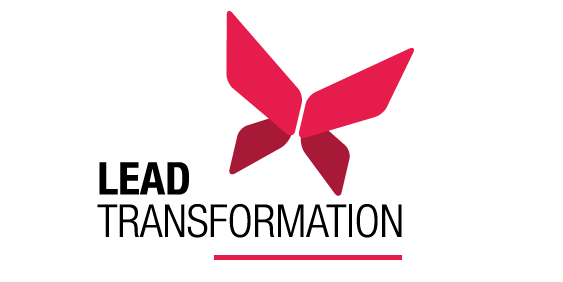This specialisation teaches methods that promote agility in digitalisation projects. For example, mapping techniques such as "Business Model Canvas" or "Story Maps" can be used to develop ideas for new business models, but also to identify appropriate digital systems. As a rule, such ideas are driven by a "product owner"; therefore, the skills and methods that someone in this position needs to do so will be taught. Because developing new business models and new systems is a collective effort, however, all stakeholders need to shape the collaboration in ways that promote innovation and agility. "New Work" brings together appropriate approaches, for new, contemporary forms of collaboration.
Modules in the specialisation
- Mapping techniques
- Product owner techniques and agile implementation
- New Work
The modules can be booked individually or as an "Agile Skills & New Work" package. The participation fee per course/module is € 1,500. Discounts can be offered if several modules are booked at the same time.
Target groups
- Product owners of digital products
- Project managers of digital development projects
- (Junior) executives of companies from all sectors that are undergoing a (digital) transformation process
- Company founders and start-ups
- Consultants and especially those focusing on entrepreneurship and intrapreneurship as well as leadership in digital transformation processes
Module: Mapping techniques
Mapping techniques such as "Business Model Canvas", "Value Proposition Design", or "Story Maps" have been used for many years because they promote creative collaboration in groups and simplify the overview. Each of these techniques is applied to solve specific issues, which is why they are all useful in their own way. If you would like to use several of these techniques, however, it can be difficult to use them strategically so that they interact with one another in meaningful ways. In this module, you will not only learn how to use the individual techniques, but also how they can be combined effectively in digitalisation projects.
Module: Product owner techniques and agile implementation
In agile digitalisation projects, the "product owner" has a special responsibility, because they are ultimately responsible for the product’s success. They also need to know how to deal with the special challenges related to digitalisation in agile ways to fulfil this responsibility. These include changing goals, incorrect assumptions about the customers’ needs or technical options, as well as the usual risks inherent in such projects. This module covers various feedback mechanisms that can help to overcome these stumbling blocks. These mechanisms are embedded in techniques that the product owner can use to design digital products together with the team and other stakeholders.
Module: New Work
If one considers agile approaches other than the involvement of development teams, one may think of new forms of self-organised cooperation that can be helpful for entire companies or parts of companies; these are summarised with the catchword "New Work". This module introduces such forms by introducing the concepts of "holocracy" and "sociocracy", but also names the framework conditions that are required for such approaches to work. Other aspects of "New Work" that are discussed in this module are decision-making methods of self-organisation, participative tools, and the path to self-organisation.
People responsible for the specialisation

Digitalisation projects are expected to produce new business models, but also to be technically innovative. The agile approach can come into its own in exactly this kind of environment – one characterised by uncertainty – if the approach is used correctly. Agility begins when business models are developed still further, extends to their organisational and technical implementation, and, above all, plays a role in the way we work together.

Contact
Helmut ASCHBACHER
Dr.
TU Graz Life Long Learning
Phone: +43 316 873 4943
helmut.aschbacher@tugraz.at
![[Translate to Englisch:] Agile work](https://www.tugraz.at/fileadmin/_processed_/a/2/csm_agile-skills-new-work-by-fizkes-AdobeStock_a3b24c6255.jpeg)

